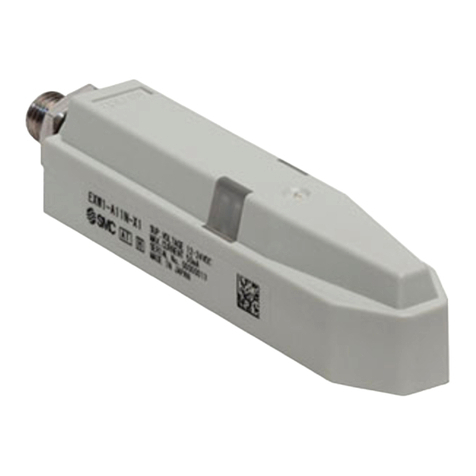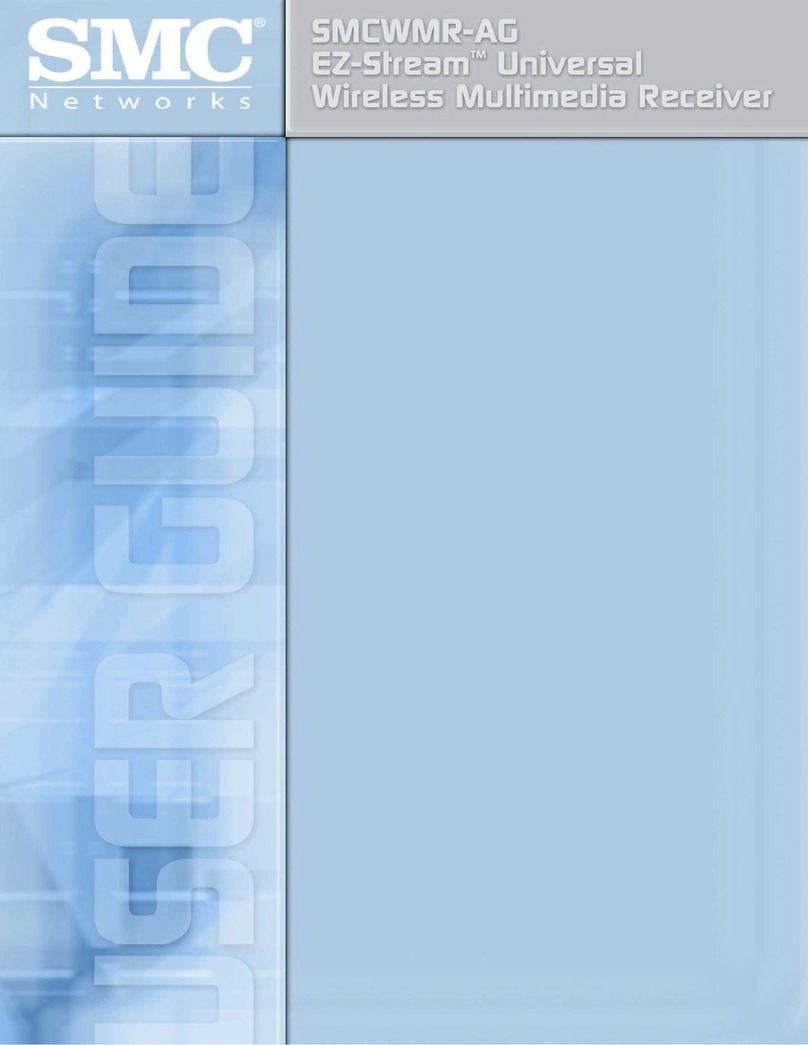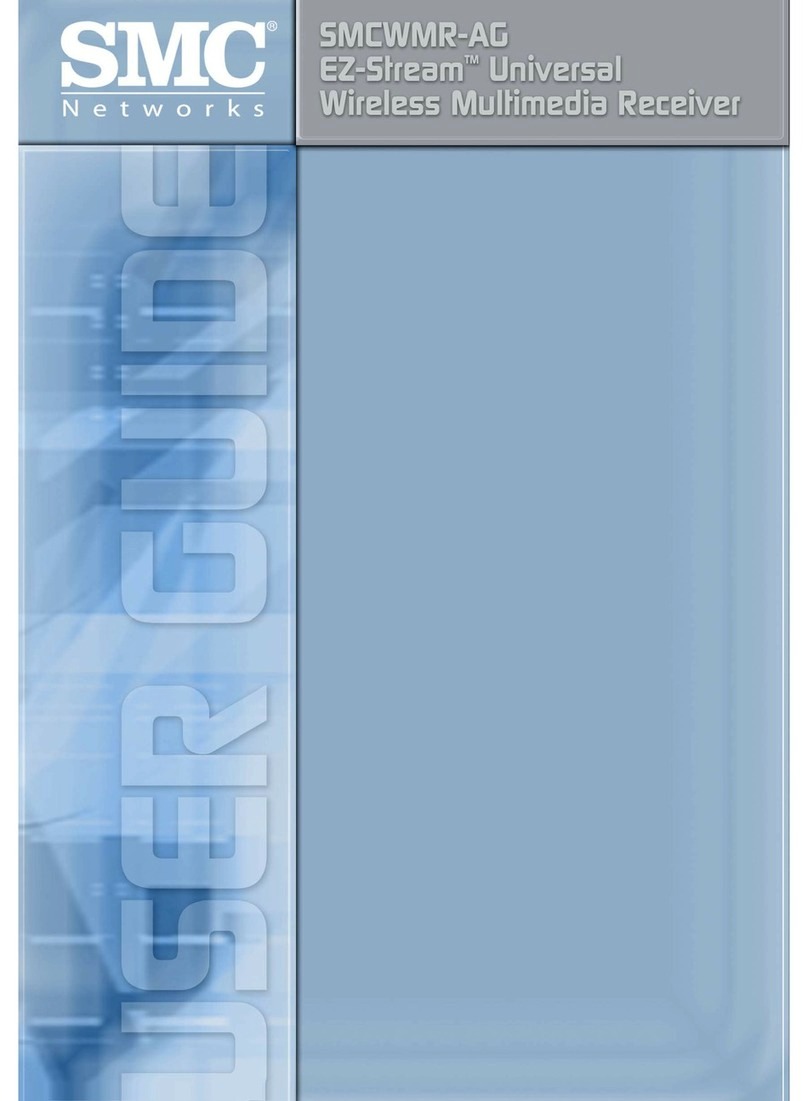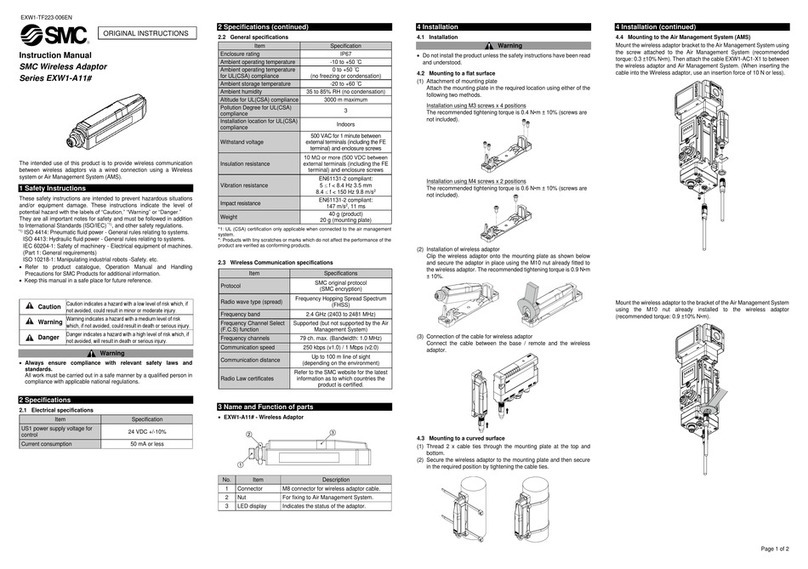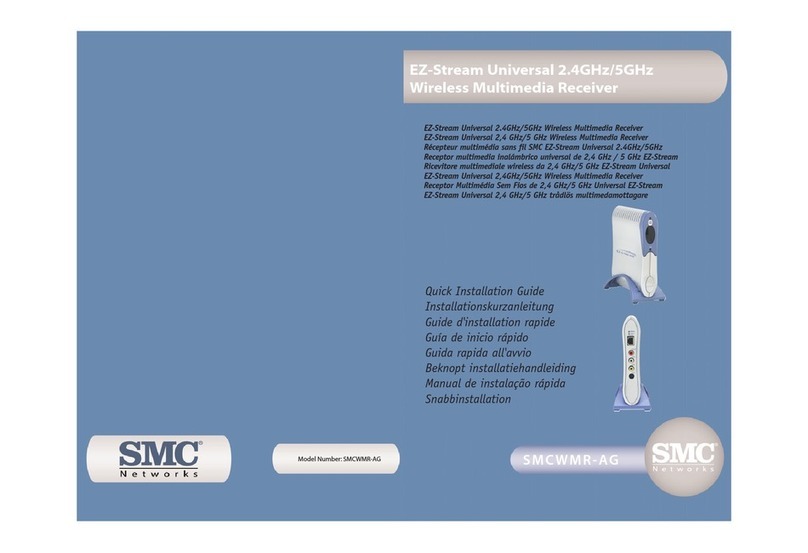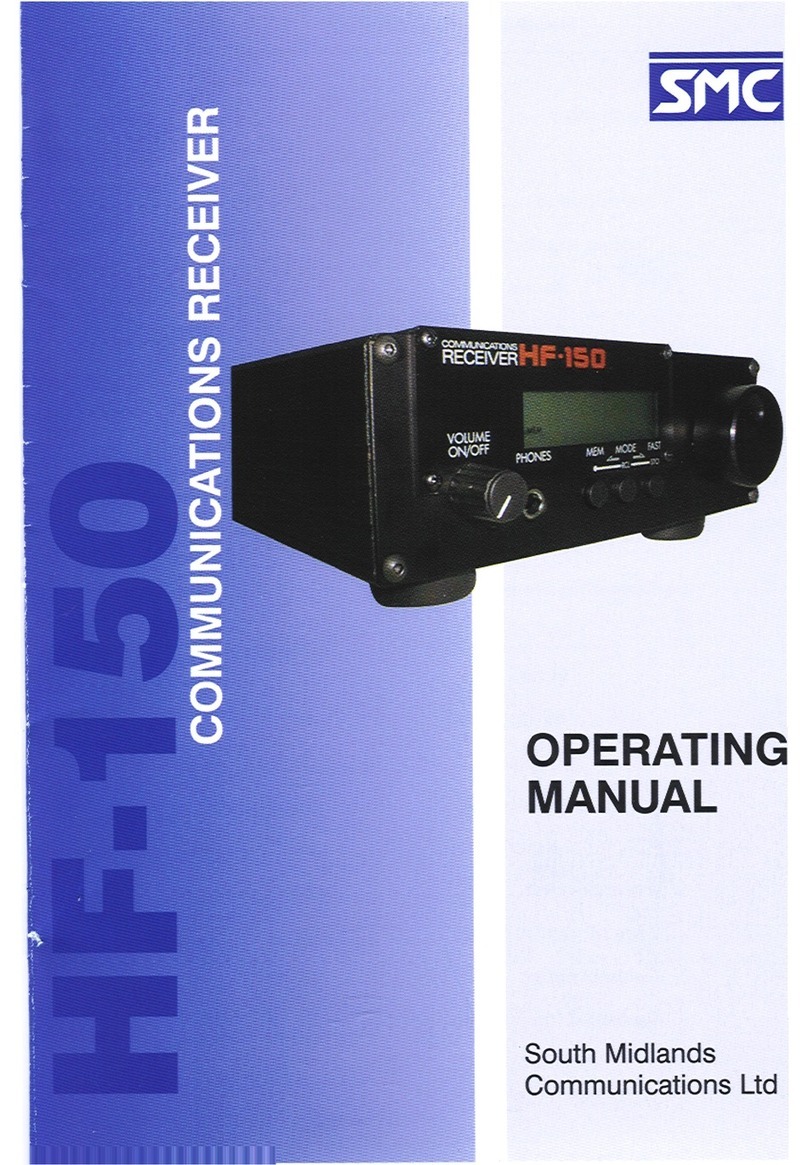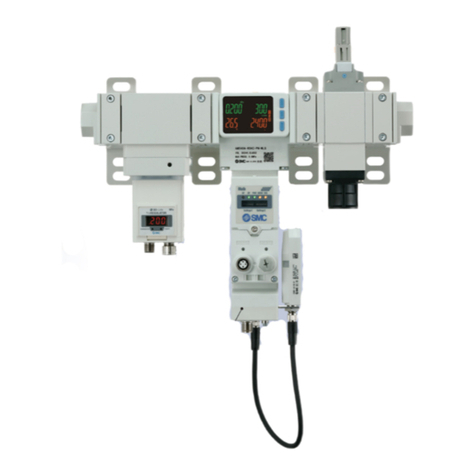HF-150 - Users Manual
10
Getting Started
Types of Signal.
The HF-150 is equipped to receive most types of transmission likely to be found
within its tuning range, and although most users will be familiar with these, here
are some brief notes on this topic that may be useful to beginners.
AM (Amplitude Modulation).
This was the earliest method used of audio modulation of an RF carrier wave,
and is still almost universally used for long, medium and short wave
broadcasting. An AM signal is fairly easy to tune in, and given a reasonable
signal strength, the receiver may not need to be spot on in frequency. However
when conditions are poor, AM can be difficult to resolve - one particular
problem is frequency selective fading and this is discussed later.
AM Selectivity.
A radio signal occupies a certain portion of the radio spectrum which is known
as its bandwidth. The bandwidth of an AM signal is twice its highest modulation
frequency, and because of this broadcasters are restricted to transmitting audio
frequencies below 5kHz so that they do not occupy too much spectrum. In the
long and medium wave broadcast bands, station frequencies are separated by
9kHz (10kHz in the USA) so there is little or no overlap of adjacent signal
bandwidths. In the short wave bands however, the stations use a nominal 5kHz
spacing, and some broadcasters do not abide by any rules at all, so there is
considerable signal overlap.
The HF-150 is provided with two different AM modes with different filter
bandwidths because of this very problem. If you are receiving a strong signal
in a clear part of the radio spectrum then you can use the standard AM mode
with a 7kHz filter and obtain the best fidelity. The stronger and closer adjacent
stations are, the narrower the filter you will need, and the more muffled the
sound will be because high frequencies are removed. The narrow AM mode
uses a 2.5kHz filter and is necessary in severe conditions, but it is really only
suitable for speech reproduction. When AM mode is chosen you may find that
reception of a station is improved by tuning the receiver slightly above or below
its stated carrier frequency. This is quite a useful technique if there is a strong
adjacent signal that you don't want. As long as the carrier signal is within the
receiver's filter then all will be well, but if you tune too far or select a narrower
filter then the signal will become distorted.
